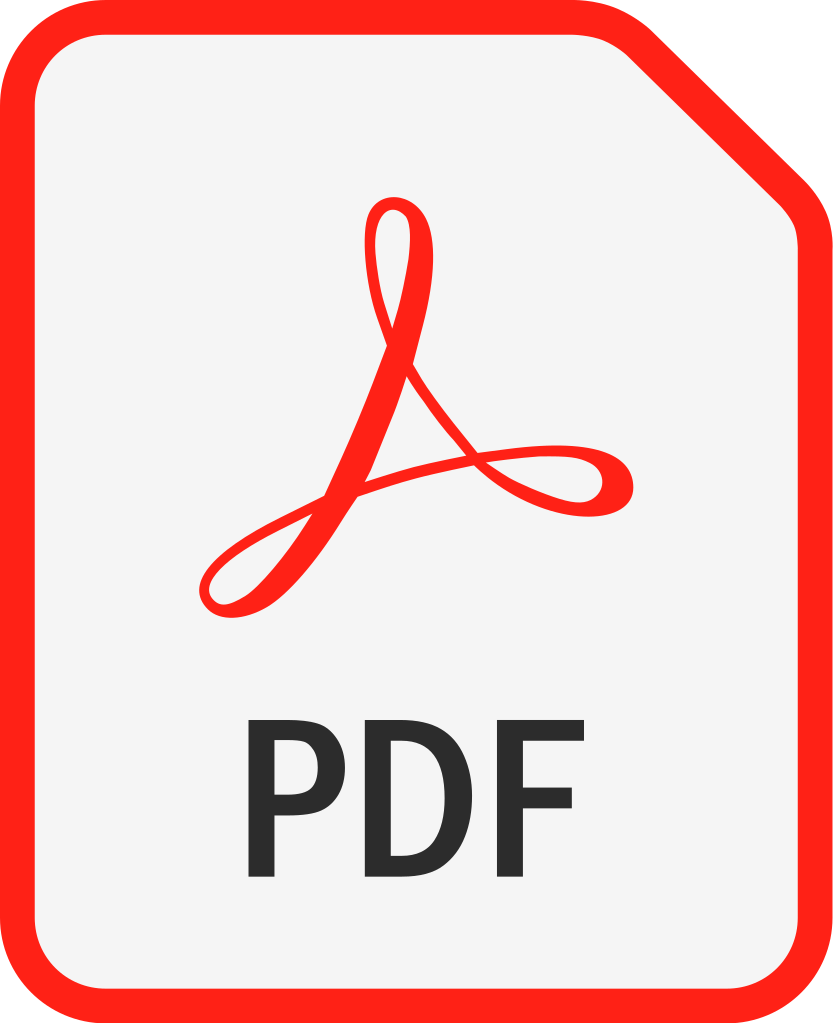Saving potable water is a growing concern, either in the context of achieving green credentials for a building or, more generally, in the field of resource management. Installing the right mixer or tap will ensure the sanitary quality of water and its sustainable use. To enable specifiers and consumers to navigate through the plethora of choice, a simple labelling system, harmonised at European level, is essential. Various approaches are being undertaken by tap manufacturers with this in mind. Delabie are considering their own in-house system to highlight the performance characteristics of its products destined for commercial use.
Today, many project managers want their building to achieve recognised levels of environmental performance, both in terms of construction and the day-to-day operation of the building. Such accreditation will see accommodation destined for the commercial or service sector increase its asset value via the stamp of sustainability. If, in today’s context of global warming and the rising cost of energy resources, sustainable use of the building is synonymous with saving energy, sustainable water management is equally part of the objective. It is also the key to reducing energy bills by reducing the energy needed to heat the water (it takes approximately 34 kilowatts to heat 1m³ of water).
The most popular accreditation schemes, such as HQE® (High Environmental Quality approach in France), BREEAM (method of assessing the environmental performance of buildings developed in the United Kingdom) or LEED (Leadership in Energy and Environmental Design in the United States), take into account water management in buildings, and address issues such as saving potable water. However, they are not particularly explicit about consumption and health guarantees for water, advocating rational and hygienic water usage at a global level. LEED and BREEAM consider water conservation as a prerequisite to obtaining certification and awards points based on the percentage of savings achieved in relation to a base calculation, while HQE does not impose water management targets. The specifier is thus free to choose sanitary equipment that is more or less efficient and suitable for the type of building use.
Towards Accreditation for Water Controls
Alongside green credentials for buildings, several countries have developed certification for sanitary fittings designed to assist in the selection of materials, often at the initiative of the industry itself. Most advanced schemes have resulted in the creation of brands in their own right. In the United Kingdom, the Water Efficient Product Labelling Scheme or WEPLS was launched in 2010 by BMA, the Bathroom Manufacturer’s Association. It now covers 12 product categories and relates exclusively to water consumption. Taps are classified into five categories (from “up to 4 l / min” and “more than 10 l / min”), indicating the maximum flow rate for each product under the installation conditions specified by the manufacturer. This certification is voluntary.
A more recent initiative, the Water Efficiency Label, or WELL, was created in March 2011 by EUnited Valves, the European association of sanitary valve manufacturers, which consists mainly of German manufacturers. This classification system allows professionals and consumers to evaluate the water and energy consumption of different sanitary fittings, comparing them using a single classification system similar to that used for household appliances. WELL distinguishes between domestic and commercial taps, the latter being assessed in terms of their flow rate, temperature and time flow. They can accrue up to 6 stars and are classified from A to F (as opposed to a maximum of 4 stars for domestic taps, for which only the water volume and temperature are measured in classes A to D). Each category offers a maximum of two stars (A corresponds to 2 stars in each case). The certification is not free, and is verified by a third party. In France, a proposal is under consideration to classify taps and showers under NF (French Standards) advocated by the CSTB (the Scientific and Technical Centre for Buildings).
A Need for Harmonisation
Other programs are under development. At European level, the EU Ecolabel project for water controls has been outlined by the European Commission (Green Public Procurement), including requirements regarding the minimum and maximum flow rate for each category of fittings, temperature control and safety, time flow (for self-closing taps), the constituent materials, manufacturing quality and durability, warranty and parts traceability, packaging, and consumer information.
Established in 1992, the EU Ecolabel is the only official ecological accreditation that can be used in all member countries of the European Union. In France, it is issued by AFNOR Certification, an independent certification body. This is a voluntary certification. If applied to taps, this label would address the need for harmonisation and would distinguish between domestic and commercial categories, in the interest of specifiers and manufacturers. However, it is not going to materialise.
Much closer to reality is the European Water Label project, applicable to water controls for washbasins, kitchens, showers and also shower heads, which was launched at the 12th Green Week held in Brussels at the end May 2012. This scheme is also self-certified. Based on water consumption, it is inspired by WEPLS and is a simple tool to inform users about the water consumption of taps and showers, using a comprehensive product database, indicating nominal flow rate and classification into 5 categories. Not yet completely defined, it could entail an annual performance audit by a third party, on 5% of registered products. This product labelling should apply should apply in the near future. Currently, this system does not provide a specific category for commercial water controls, and so does not meet the requirements of specialist manufacturers in this sector.
Extolling the Virtues of Commercial Controls
The certification schemes for buildings (HQE, BREEAM, LEED, etc.) also do not emphasise the need for efficient commercial taps to meet the requirements more effectively of the buildings that they certify. It is in the manufacturers’ interest is to find a reliable and standardised way for all European countries to highlight the benefits of commercial water controls, which are more efficient than domestic taps in terms of water consumption, and therefore also more energy efficient in terms of heating water. It provides, in essence, guarantees of reliability, maintenance simplicity, and hygiene (fight against bacterial proliferation), which it is vital to promote. Some DELABIE models consume, for example, around 70% less water than a conventional domestic tap, and also demonstrate unique characteristics in the fight against bacteria: duty flush, smooth interiors, systems for quick removal, etc.
European voluntary accreditation approved by the European Commission with both domestic and commercial categories would avoid the proliferation of costly certification that is difficult to manage, and that helps to blur the landscape of products available to the consumer. In the present state of things, the CEIR (European Association for the Valve industry) Waterlabel does not provide a commercial / public buildings category that would highlight the specialist nature of these products. Only WELL is able to deliver this, but currently WELL is only recognised in Germany, Switzerland and the Benelux countries. From Delabie’s perspective, exporting to Germany and Great Britain, a commercial category is essential to complete the Waterlabel offering. The alternative is creating a labelling system unique to the brand, highlighting the features specific to sanitary water controls that ensure the best possible performance in commercial and public buildings.


